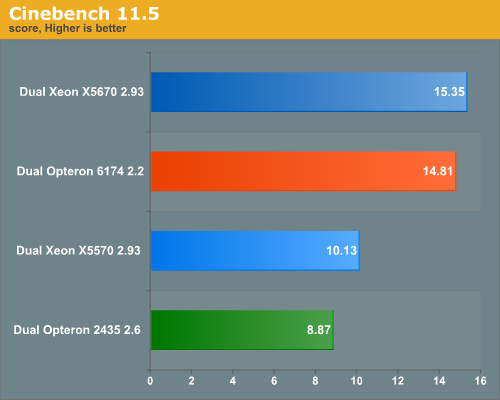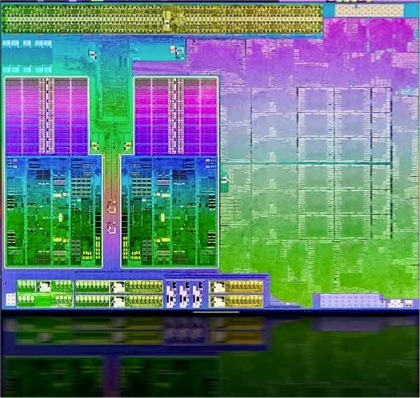Nope, the next series intel launched was the 2000 series, which was also on 32nm.
Intel® Core™ i7-2600K Processor (8M Cache, up to 3.80 GHz) quick reference with specifications, features, and technologies.

www.intel.com
And intel's first hyperthread equipped CPU was one of the xeon chips released in 2002(which I can't actually find a datasheet for) and the desktop variant was the Intel Pentium 4 3.06GHz:
Intel® Pentium® 4 Processor supporting HT Technology 3.06 GHz, 512K Cache, 533 MHz FSB - Product Specifications | Intel
Which was on 130nm and competed against AMD's AthlonXP series, and specifically the Barton core design which released a few months later, also on 130nm:
Ace's Hardware
As the benchmarks show, the AthlonXP chips and the Pentium 4 were about on par with one another, with the P4 taking the lead in most of the gaming tests and the AthlonXP taking slight leads in a few of the application tests.
Now, hyperthreading was later removed from their architectures with the Core 2 architectures, but it was added back with Nehalem on 45nm:
Intel® Xeon® Processor X7560 (24M Cache, 2.26 GHz, 6.40 GT/s Intel® QPI) - Product Specifications | Intel
With the proffered link leading to the highest end intel server chip at the time, 8cores/16threads, 130w, 2.27 GHz baseclock... and even with such low clockspeeds, it was still faster per core than its competing AMD chip, the Magny Cours based Opteron 6176 SE; a 12 core 12 threaded chip with a 137w tdp and a 2.3ghz base clock.

www.anandtech.com
Even multithreaded, a 6c12t xeon beat the 12c12t chip, and hyperthreads only add around 20% in this benchmark.
This performance disparity only
grew when AMD launched the FX chips, as those were against the next gen intel parts which clocked higher and had higher IPC, the only thing FX had was clockspeed and a newer instruction set compared to Magny Cours! It even dropped IPC a bit!
So no, architecture matters for 90% of power draw and performance, we can even see that today with the Radeon 7 against the 6900XT. Same TDP, Same Node, almost 100% faster.
Then there's zen2 vs zen3, where zen3 clocked higher and added 20% IPC while pulling the same power, also on the same node!


